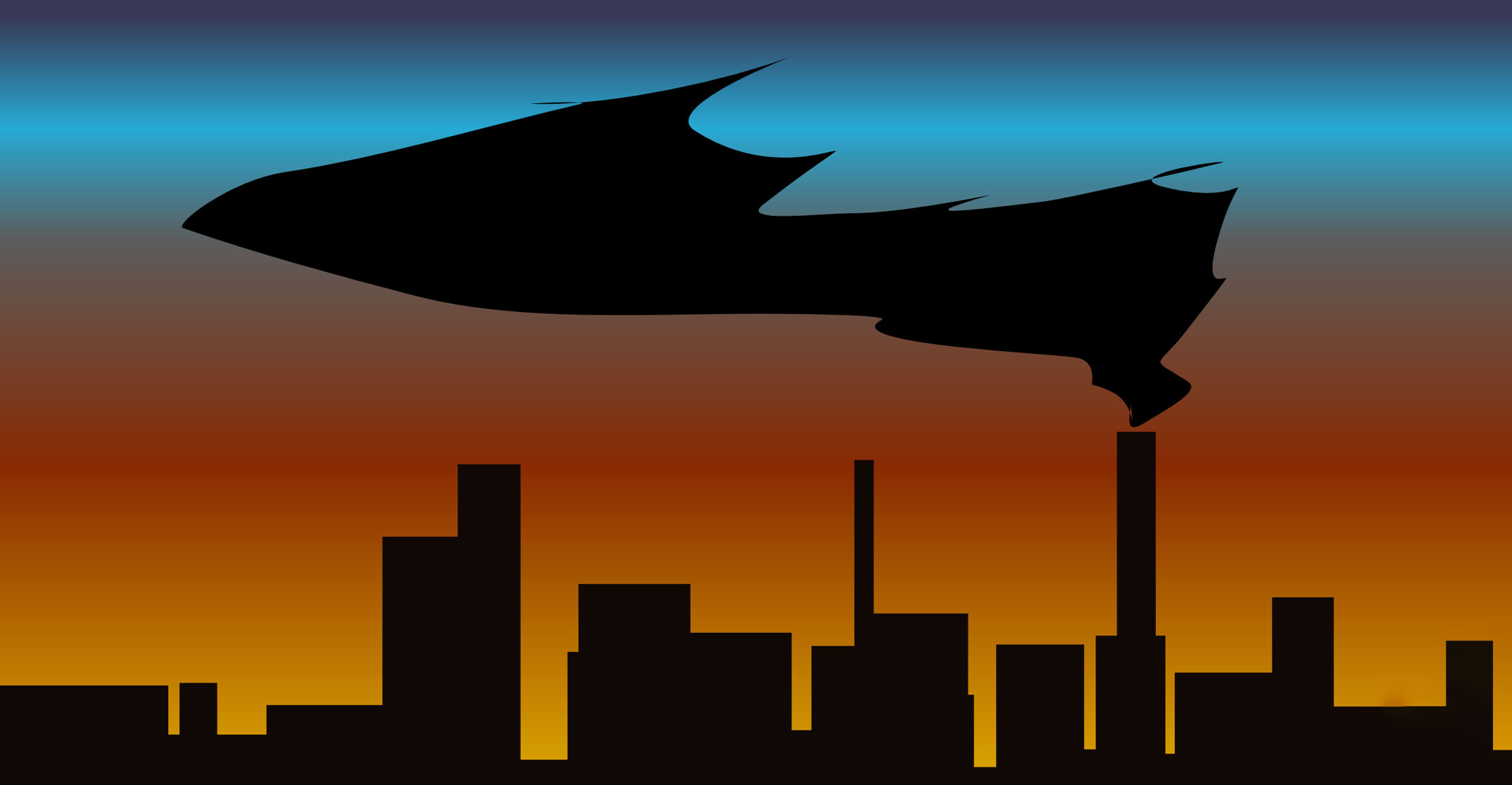 South Africa has doubled emission limits for sulphur dioxide pollution that will come into effect 1 April at a time when there is growing concern about the outbreak of the coronavirus, which is more severe for those who already have respiratory problems.
South Africa has doubled emission limits for sulphur dioxide pollution that will come into effect 1 April at a time when there is growing concern about the outbreak of the coronavirus, which is more severe for those who already have respiratory problems.
The department of environmental affairs on 27 March changed the minimum emission limit to allow 1 000 milligrams of the pollutant per normal cubic metre, twice the amount that had been planned. While that level is 28 times the limit in China and 10 times higher than that in India, it compares with South Africa’s current limit of 3 500 milligrams, which will fall away at the end of this month.
The pollutant is primarily produced by burning coal at plants owned by power company Eskom and petrochemicals firm Sasol. Exposure to sulphur dioxide has been tied to respiratory problems as well as strokes and diabetes.
South Africa has been sued by environmental activists over the pollution caused by Eskom and Sasol, which are both saddled with debt. Installing flue-gas desulphurisation units, the accepted way of curbing sulphur dioxide emissions, costs billions of dollars per plant.
“Government has now legalised industry’s lethargy in taking meaningful action to retrofit its facilities,” said Robyn Hugo, an attorney and head of the Cape Town-based Centre for Environmental Rights Pollution & Climate Change Programme. This will have “the impact that thousands more premature deaths will occur”.
The areas around Eskom’s concentration of coal plants in the east of the country make it the world’s second largest hotspot for sulphur dioxide pollution, Greenpeace said last year. — Reported by Paul Burkhardt, (c) 2020 Bloomberg LP




